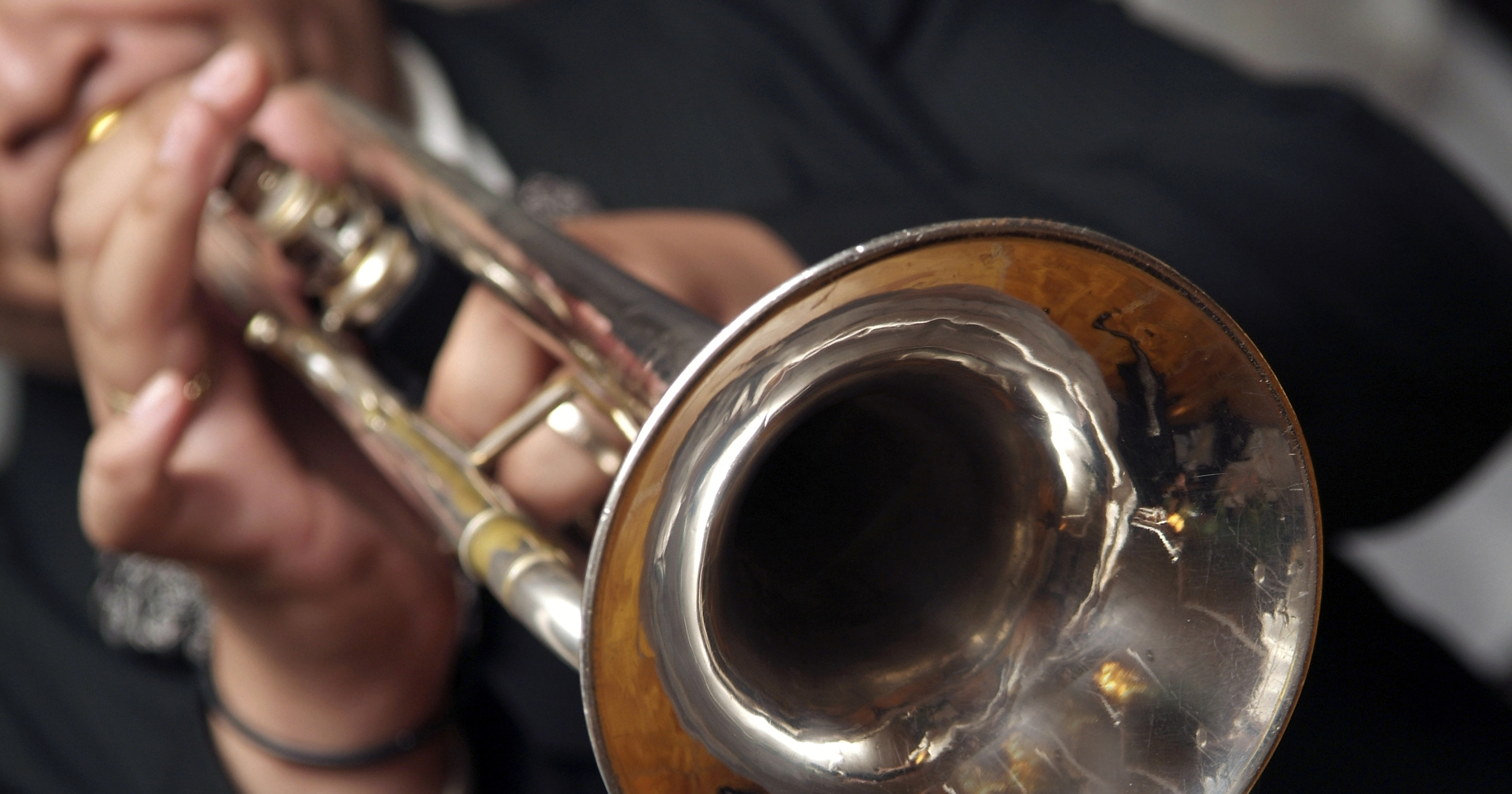Basics of Double Tonguing
by 21st Century Brass
Date Posted: July 24, 2018

Originally published to 21stcenturybrass
For many beginning players, double tonguing can be a mystery, or something that is fun to practice, but impossible to apply when playing music. This article will serve as a guide to define and introduce double tonguing, and give some tips for using it in real life.
All brass players use their tongue to separate notes while playing. In most cases, this means using the tip of the tongue to stop airflow. When double tonguing, we use not only the tip, but the middle of the tongue to stop a note. For instance, if you think of normal playing as using the syllable “ta”, your double-tongued notes should alternate using the syllable “ka”. So rather than playing a phrase “ta – ta – ta – ta”, it would sound like “ta – ka – ta – ka”.
In most cases, brass players use double tonguing to play faster. On sections that have many repeated notes or fast runs, you can use this technique to save energy and not get “bogged down” trying to do the same articulation over and over. Not all players use double tonguing. Some players are not able to do it cleanly, or can play fast enough without it to bother trying. However, for those who can master it, it can be a handy trick.
Initial Difficulties
When starting to use these different techniques and syllables, a few problems will come up immediately. First, the sounds of “ta” and “ka” can be very different, which makes using them in a song very difficult. Before applying this to music, practice playing with the “ka” sound to make it sound as much like a “ta” as possible. At first, it will be slower and more dull sounding, but your practice should make those notes short and sharp.
Once you have the two sounds working, you need to practice alternating between them. There are countless ways to do this, practicing on single notes or repeating notes up a scale are good places to start. Most importantly, your “ta” and “ka” sounds should be the same. They should sound identical in dynamics, length of each note, space between them, and most significantly, the sharpness of articulation.
Applying to Music
When it’s time to use this in a piece of music, the same thoughts above need to be respected. To the listener, a double-tongued phrase should not sound any different than a single-tongued one. At first, using this method will be slower and more difficult, and will only get up to speed with careful practice. I use a three-step method to get started.
Step One – Play Normally
On a first pass of any piece of music, play using regular single tonguing. If you can play it fast enough, there may not be any need to change. But even if you decide to use double tonguing, you need to know how it sounds without it in order to understand the phrasing, and have a comparison point for when you do use it.
Step Two – Use Only “Ka” Sounds
This is merely for practice, and would almost never be used in a performance. Play the piece again, using only the secondary syllable. In general, you play far more often with single tonguing. Practicing using only “ka” will level out your practice a bit, enhancing the sound of this syllable so it can be used more cleanly. It will also expose places where it is more difficult for you, such as in the very low or very high ranges. This information can also be used when deciding whether or not to double tongue at all.
Step Three – Use Both Sounds
Once you can play a piece well using both articulations, it is okay to begin practice using them together. As I stated before, using double tonguing at first will be slower than your normal playing. But the more you practice, the faster and cleaner it will become, and the more situations you will want to use it in.
Subscribe to the BUZZ to receive 3 weekly articles for Performers, Students, and Educators